Recent Articles
Popular Makes
Body Types
10 Things You Need to Know About Toyota Safety Sense
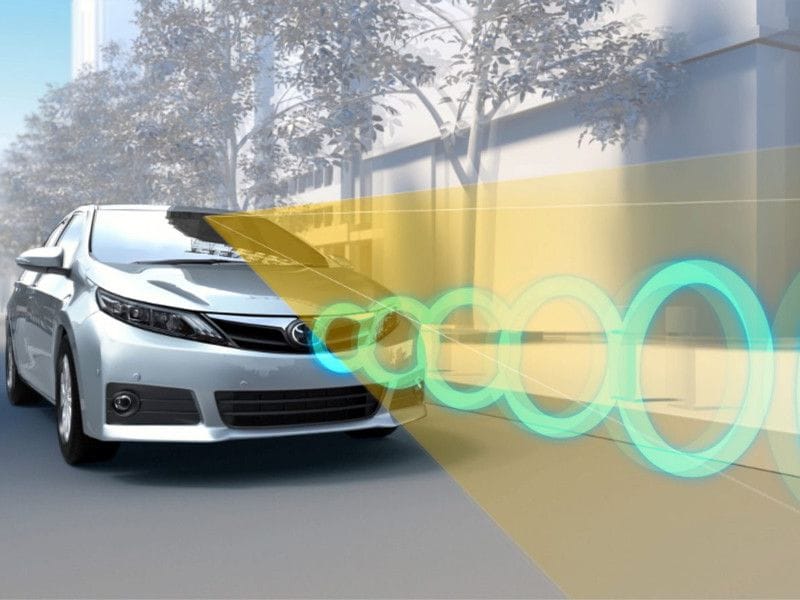
Toyota Safety Sense ・ Photo by Toyota
Toyota Safety Sense (TSS) is the name given to a suite of technology features that provide advanced collision mitigation and avoidance on Toyota vehicles. TSS is closely related to the Lexus Safety System+ because of the close corporate relationship between the brands.
Generally speaking, TSS is an advanced driver assistance system (ADAS), though that term encompasses more features than are present in TSS. The intention of any ADAS is to reduce the chance of a collision or road departure, and if an accident is unavoidable, to reduce the damage as much as possible. Since most traffic collisions and accidents are the result of human error, ADAS systems try to make the car easier to drive and warn the driver when errors are happening. Toyotas sold in America since 2016 generally have one of three versions of TSS. Those are TSS-C, TSS-P, or TSS 2.0. Check your Toyota's owner's manual or ask your dealer which system your vehicle may have.
1. Toyota Safety Sense debuted in 2016.
Like all automakers, Toyota has been trying to improve its vehicles’ safety for decades. The first automatic crash mitigation systems were under development in the mid-1990s. Toyota brought its first production pre-collision system to America in the 2003 Lexus LS 430. This car had a basic radar-based system that warned the driver when the car was in danger of a collision. Lexus refined the forward collision warning system and added features in 2006.
The first system to carry the Toyota Safety Sense name was debuted on the 2016 Toyota RAV4 Hybrid, and it was quickly extended to most Toyota models. By 2018, Toyota had made over 10 million vehicles with the original TSS system and the company introduced upgrades. Toyota also found that rear-end collisions were reduced by 70% when vehicles were equipped with TSS.

Photo by Toyota
2. TSS-C is the basic system.
Toyota Safety Sense-C is the basic system installed on many of Toyota’s compact vehicles since 2016. This system includes three specific technologies designed to help drivers avoid or mitigate serious traffic accidents. The three technologies are:
- Pre-Collision System (PCS): PCS helps prevent and mitigate damage from rear-end collisions involving vehicles or pedestrians. The system augments the driver’s brake effort or can apply the brakes automatically.
- Lane Departure Alert (LDA): LDA helps prevent vehicles from deviating from their lanes by using the Toyota vehicle’s camera to locate the lane markings. The system alerts the driver if the vehicle starts to wander to the edge of the lane.
- Automatic High Beams (AHB): AHB uses a light sensor to detect oncoming vehicles and dips the headlights if the brights are in use. This allows Toyota drivers to use bright lights courteously, which helps with nighttime visibility.
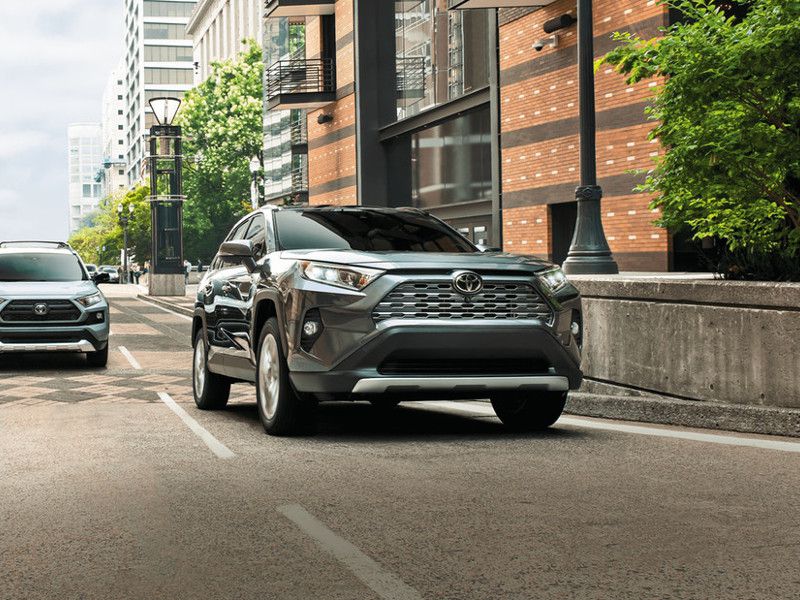
Photo by Toyota
3. TSS-P is more advanced.
Toyota midsize and large vehicles may include the more advanced TSS-P system. This package includes everything in TSS-C, but adds two more key features:
- Pedestrian Pre-Collision System: This technology uses both the Toyota vehicle’s camera system and a millimeter-wave radar system to detect pedestrians in the vehicle’s path, or near the vehicle. If a pedestrian steps in the way of the vehicle, the system automatically applies the brakes.
- Dynamic Radar Cruise Control: DRCC uses the vehicle’s camera and radar to adjust cruise control speeds to follow the prevailing traffic speed. This is handy in commute traffic situations, and also helps the driver maintain a safe following distance to the vehicle ahead. The driver can set the preferred safe following distance based on the general speeds prevailing at any time.
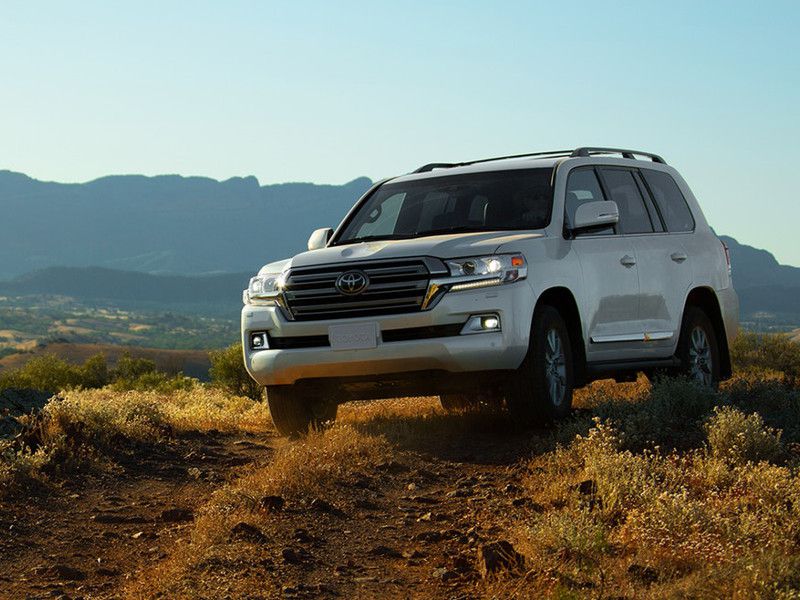
Photo by Toyota
4. TSS 2.0 has the latest technology.
Toyota announced TSS 2.0 for 2019 vehicles. This system builds on both TSS-C and TSS-P with even more features. First, TSS 2.0 upgrades the Dynamic Radar Cruise Control to function down to a full stop. Lane-departure alerts have been enhanced with steering assistance and road edge detection.
The TSS 2.0 system adds these additional features:
- Road Sign Assist (RSA): This feature uses the camera and text recognition to read road signs. The Toyota vehicle will display the prevailing speed limit on the driver’s information display. The RSA system can read speed limit, stop, yield, and do not enter signs.
- Lane Tracing Assist (LTA): This feature uses the camera and radar to identify an upcoming curve, then provides steering assistance to keep the vehicle centered in its lane.
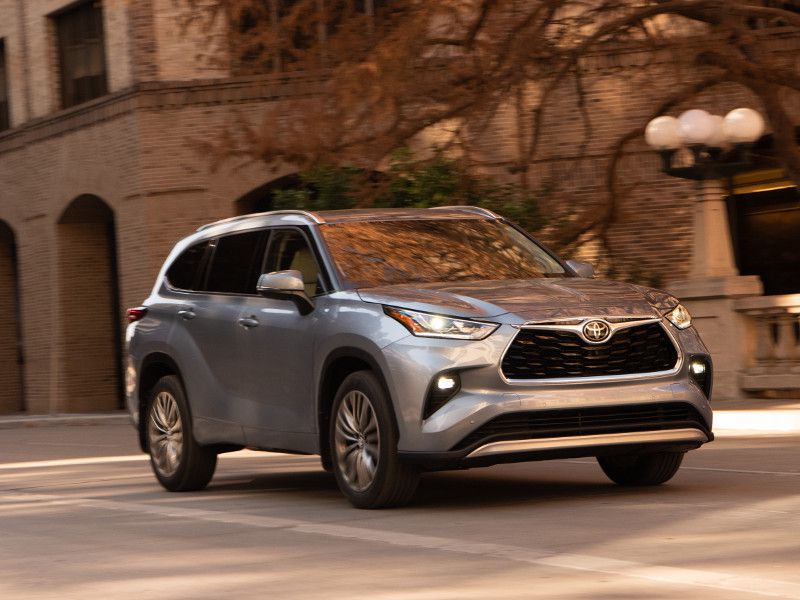
Photo by Toyota
5. PCS helps stop the vehicle.
One of the most important features of TSS is the basic Pre-Collision System. As mentioned, this system uses a windshield camera and a forward-mounted radar or laser device to detect other vehicles or any objects ahead of the vehicle. When a dangerous situation is detected, the system alerts the driver to the danger with a sound and a flashing dashboard light.
On alert, when the driver applies the brakes, the PCS will add braking force to help the driver stop as quickly as possible. If the driver fails to apply the brakes for any reason, the PCS will apply the brakes automatically. With TSS 2.0, the system is capable of detecting bicycles during daylight hours, and vehicles or pedestrians at any time. The system can detect pedestrians and bicycles while driving at speeds up to 50 mph, and can reduce speeds by up to 25 mph in those cases. With vehicles, the system has somewhat higher limits.

Photo by Toyota
6. DRCC can match the speed of the car in front of you.
Dynamic Radar Cruise Control is also sometimes known as adaptive cruise control. This system allows your Toyota to follow the prevailing or changing traffic speed, and helps maintain a safe following distance. The system works with the Pre-Collision System to alert the driver if a quick stop is needed. The preferred following distance is set by the driver.
The basic version of DRCC works only at speeds above 32 mph. However, beginning with TSS 2.0, the Full-Speed Range DRCC system now functions all the way down to a full stop. However, you must be traveling at least 19 mph to initiate the system. It’s important to note that Full-Speed Range DRCC is not available on Toyotas equipped with a manual transmission. Manual transmission vehicles use the basic DRCC.
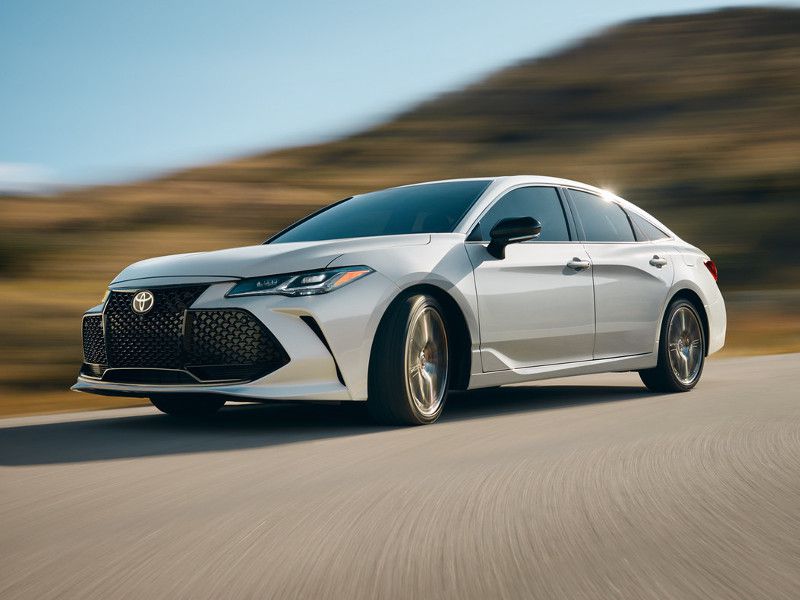
Photo by Toyota
7. LDA warns you if you leave your lane.
LDA has been upgraded in TSS 2.0. Formerly, the system simply alerted the driver when the vehicle began to wander towards the edge of the lane. The upgraded system not only recognizes lane markings, but it can also detect the edge of the pavement on unmarked roads. Now, the system not only alerts the driver but also gently applies some small corrective steering inputs to move the vehicle back to the center of the lane.
The driver can easily overcome the steering assistance, for example, if it’s necessary to swerve to avoid a road hazard. The system also cancels if the turn signal is actuated. Also, note that the alerts are active only when the vehicle is traveling faster than 32 mph. Finally, be aware that snow or heavy rain can interfere with lane departure assistance.
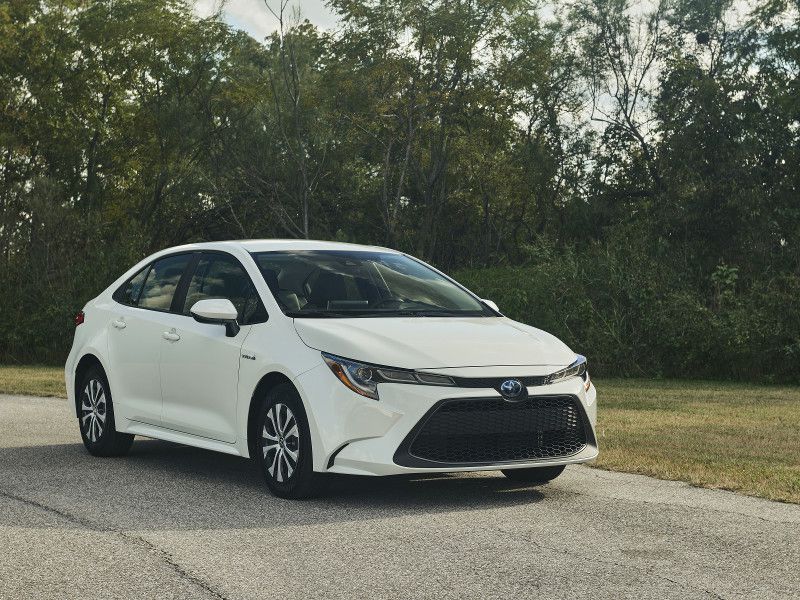
Photo by Toyota
8. LTA helps the car go around a curve.
Lane Tracing Assist is a special case of lane departure assistance, working in concert with Dynamic Radar Cruise Control. With TSS 2.0, the Toyota can help steer around some gentle curves when the DRCC is active.
The system uses the lane markings and the camera and radar image of the vehicle ahead to sense when the car is headed into a curve. The system then offers steering assistance to keep the vehicle centered in its lane around the curve. However, the driver must keep both hands on the steering wheel at all times. This is not a self-driving technology in any way.
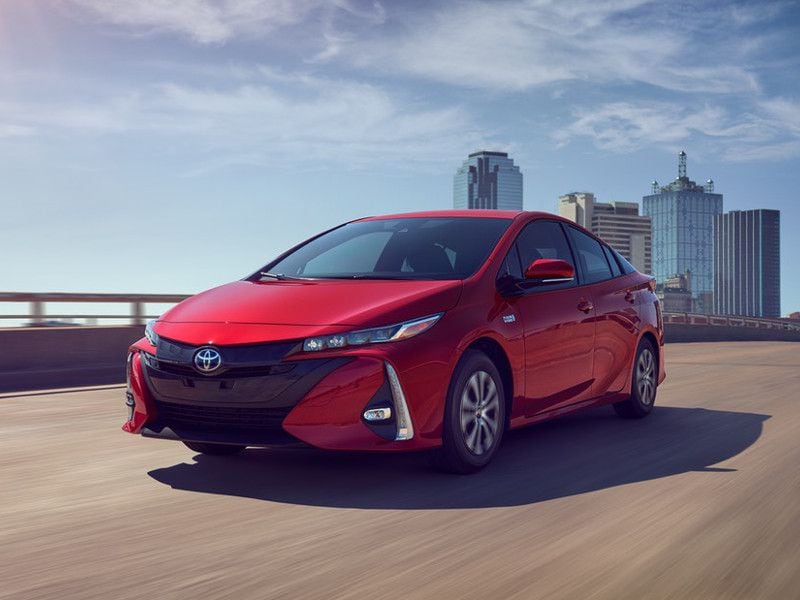
Photo by Toyota
9. RSA recognizes certain road signs.
Road Sign Assist uses the TSS 2.0 system camera to read and recognize certain road signs. The system then displays the road sign on the driver information display on the dashboard. Most often, the system simply displays the prevailing speed limit.
However, the system can also recognize and display stop, yield, and do not enter signs, and will alert the driver if any of those signs are overlooked.
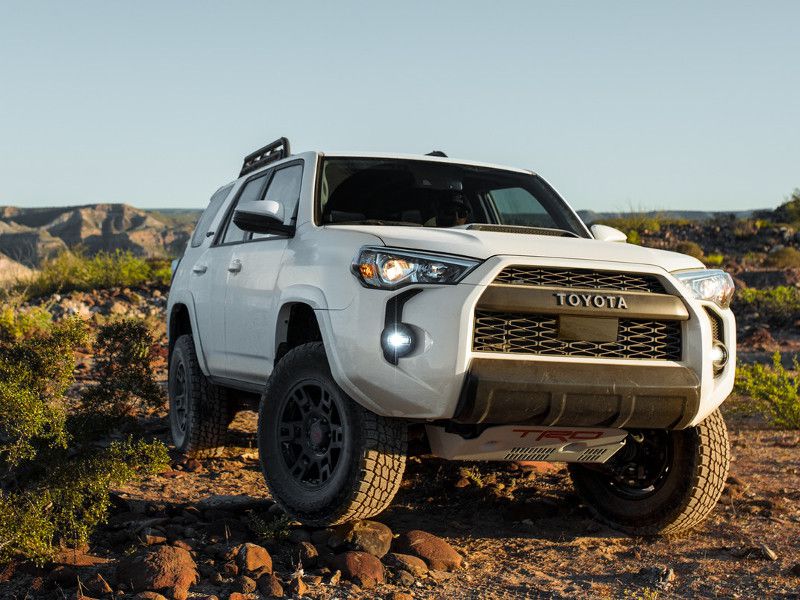
Photo by Toyota
10. Toyota Safety Sense makes driving safer.
Toyota Safety Sense was developed to make driving safer. However, it is not a self-driving system even though the vehicle can take some actions automatically.
Automated systems like TSS have dramatically reduced the incidence of rear-end collisions, road departures, and lane-to-lane collisions. TSS 2.0 is now standard equipment on many new Toyota vehicles, enhancing everyone's safety. For more information, visit https://www.toyota.com/safety-sense/.
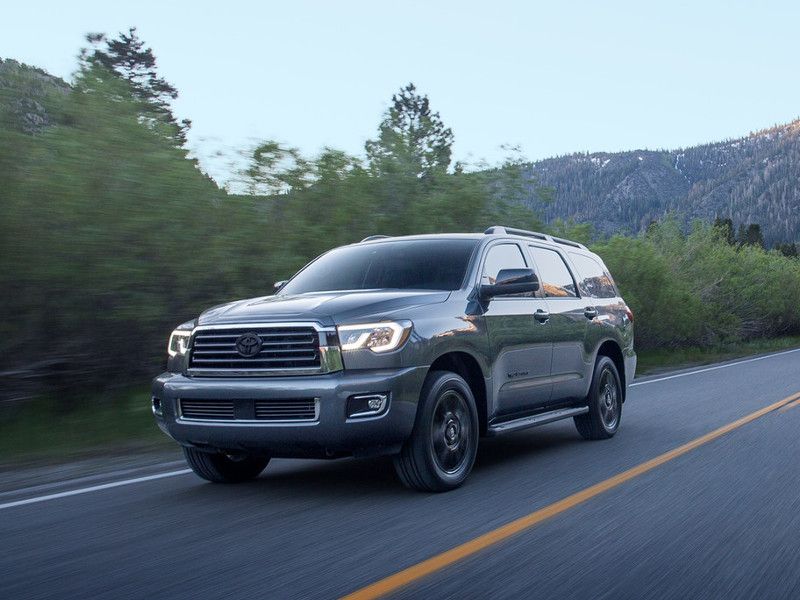
Photo by Toyota